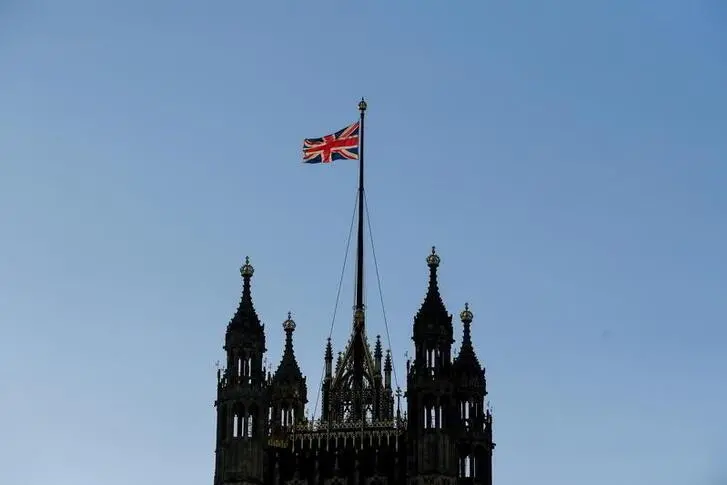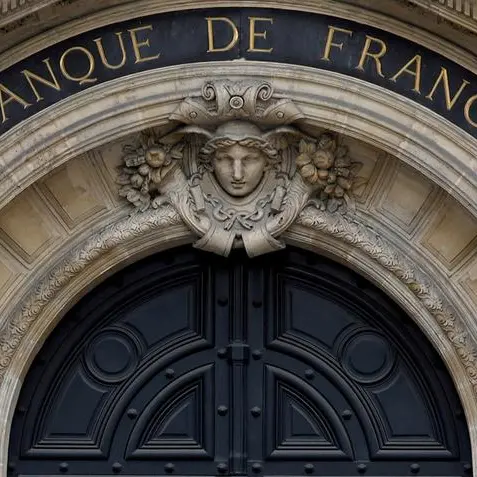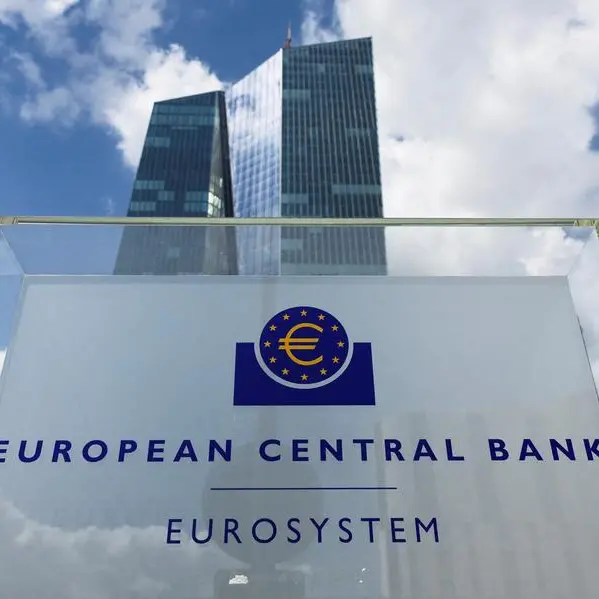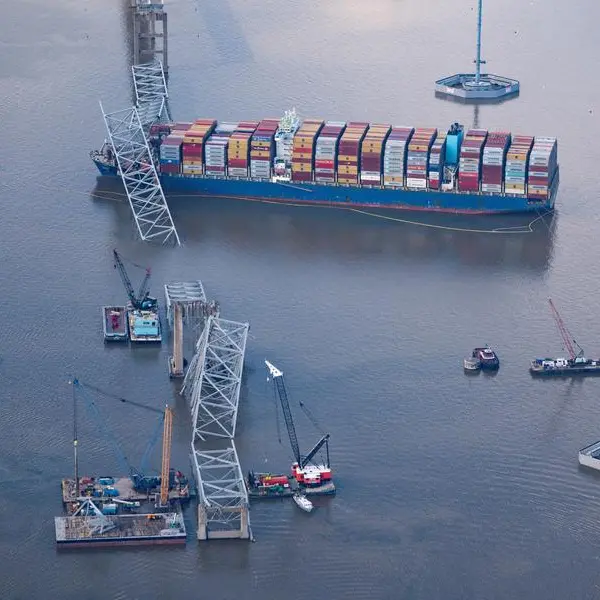PHOTO
When heads of government meet, they usually dominate headlines, but it was British history and its impact on the present that hogged the limelight during the last two Commonwealth Heads of Government Meetings (CHOGM): in London in 2018 and in Rwanda last week. The Theresa May government faced much embarrassment during the London CHOGM when it was revealed that many longstanding UK residents who arrived as workers from Caribbean countries after World War II were being wrongly classed as illegal immigrants and were consequently denied access to employment, healthcare and other services, besides being targeted for removal.
In Rwanda, Prince Charles last week expressed sorrow over the historic suffering caused by the slave trade, while around the same time, in a prominent place in the Waterloo train station – one of London’s busiest – a monument was unveiled to honour the same Caribbean workers, whose contribution was now sought to be acknowledged and celebrated.
The problems faced by the Caribbean workers have come to be defined as the ‘Windrush scandal’, so named after the ‘HMT Empire Windrush’ ship that first brought them to Britain in 1948. June 22, 2018, marked the 70th anniversary of the arrival of the first ship at Tilbury Docks, which carried passengers from the Caribbean who were responding to an invitation to come to the UK to address a post-World War II labour shortage.
The ship’s arrival marked the start of a phase of Commonwealth migration which continued throughout the 1950s and 1960s until the commencement of the Immigration Act of 1971. Many more workers arrived, but they and their descendants came to be considered illegal immigrants by the Home Office (which admitted the errors when the scandal was first reported by The Guardian in 2018).
What caused the problems? The Immigration Act 1971 provided that foreign nationals who were ‘ordinarily resident’ in the UK on 1 January 1973 (when the Act came into force) were deemed to have ‘settled’ status. In practice, many people have been living in the UK for decades without documentary proof of their immigration or nationality status. This became increasingly problematic for individuals when laws to detect and discourage illegal immigration proliferated, particularly following the introduction of ‘hostile environment’ policies since 2010.
This group of immigrants could resolve their difficulties by applying to the Home Office for confirmation of their status, but issues such as significant application fees and the amount of supporting evidence required posed additional obstacles.
The Home Office acknowledged that it lost sight of this cohort of people when designing and implementing new immigration policies. Successive Home Secretaries have apologised for the “appalling” treatment that individuals have experienced and have vowed to put right the injustices.
But as dedicated teams of officials investigate the issue and provide documents to thousands to prove their right to remain in the UK, it was revealed that while the overall number of people affected remains unknown, the victims were not only from Caribbean countries; they included many from India, Pakistan, Bangladesh and elsewhere as well.
For example, recent figures show that over 1,200 people from Jamaica were given documents to prove their British nationality, while those from India numbered 107, Pakistan 22 and Bangladesh 7.
Several schemes, including financial compensation, have been offered to the victims, while some who were wrongly removed from the UK, or others who were prevented from returning to the UK, have been facilitated to return.
The schemes continue to be a work in progress, as updates reflect the scale of the historical wrongs committed on those arrived to help Britain overcome labour shortages, built new lives, but found themselves classed as illegal immigrants years and decades after living in the country.
June 22 has since been declared as the National Windrush Day. Last week, several members of the Windrush generation were moved to tears as members of the royal family and others gathered at the Waterloo station to unveil the National Windrush Monument.
Designed by the renowned Jamaican artist Basil Watson, it depicts three figures – a man, woman and child – dressed in their ‘Sunday best’ climbing a mountain of suitcases together, demonstrating what officials call “the inseparable bond of the Windrush pioneers and their descendants, and the hopes and aspirations of their generation as they arrive to start new lives in the UK”.
The monument’s location, the Waterloo station, was chosen due to its significance in the Windrush story as thousands of people who arrived from the Caribbean passed through the station on their way to start their new lives across the country.
Theresa May apologised to Caribbean leaders who arrived for the London CHOGM in 2018, but many recalled that she, in her previous incarnation as the Home Secretary, was the architect of policies to create what she called a ‘hostile environment’ to deter illegal immigrants.
The policies also affected those who were British or had the right to remain in the country, but happened not to have the documentation to prove their status. Immigration has long been a sensitive issue on top of Britain’s public agenda, and campaigners continue to rile against Home Office policies, including the current policy to send asylum seekers to Rwanda for processing (it was suspended earlier this month due to last-minute intervention by the European Court of Human Rights).
The Windrush monument has been rightly hailed as another update in Britain’s evolution in the story of multiculturalism, but campaigners insist that progress is slow, much remains to be done, and point to the irony of Asian ministers in the Boris Johnson government – Priti Patel and Sajid Javid – supporting immigration policies that would have barred their parents from entering the UK years ago.
— The writer is a senior journalist based in the UK
Copyright © 2022 Khaleej Times. All Rights Reserved. Provided by SyndiGate Media Inc. (Syndigate.info).












